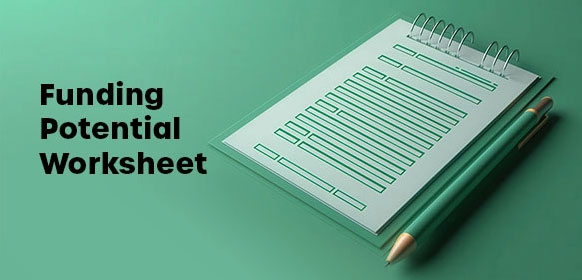Letters of support are typically very brief, with most being a single page. Make the most of the opportunity by drafting a letter for your supporter to edit and sign. Make sure to provide the following information in the most clear and concise manner possible:
- Personalization – A personalized letter is more effective than a generic one. Take the time to figure out who to address the letter to, usually the program officer, rather than submitting one, “To Whom It May Concern.”
- Introduction – Introduce the letter writer and their specific connection to the project.
- Brief project summary – Provide a brief description of the characteristics of the project that are of interest to the supporter. Why is this project important to them? Try to keep it to a sentence or two.
- Project benefits – Emphasize the benefits of your project
- Funding priority alignment – Make an explicit connection between your project’s goals and how they align with the funder’s priorities as outlined in the funding guidelines.
- State of commitment (letters of commitment only) – Letters of commitment have an additional component. Letter of commitment must detail exactly what the supporting entity plans to provide the project. This could be a contribution of cash, in-kind project support, or outline a partnership to complete the proposed scope of work.
We regularly blast out more in-depth information regarding tips for your application, downloadable resources and grant alerts. Sign up for our email newsletter here.






